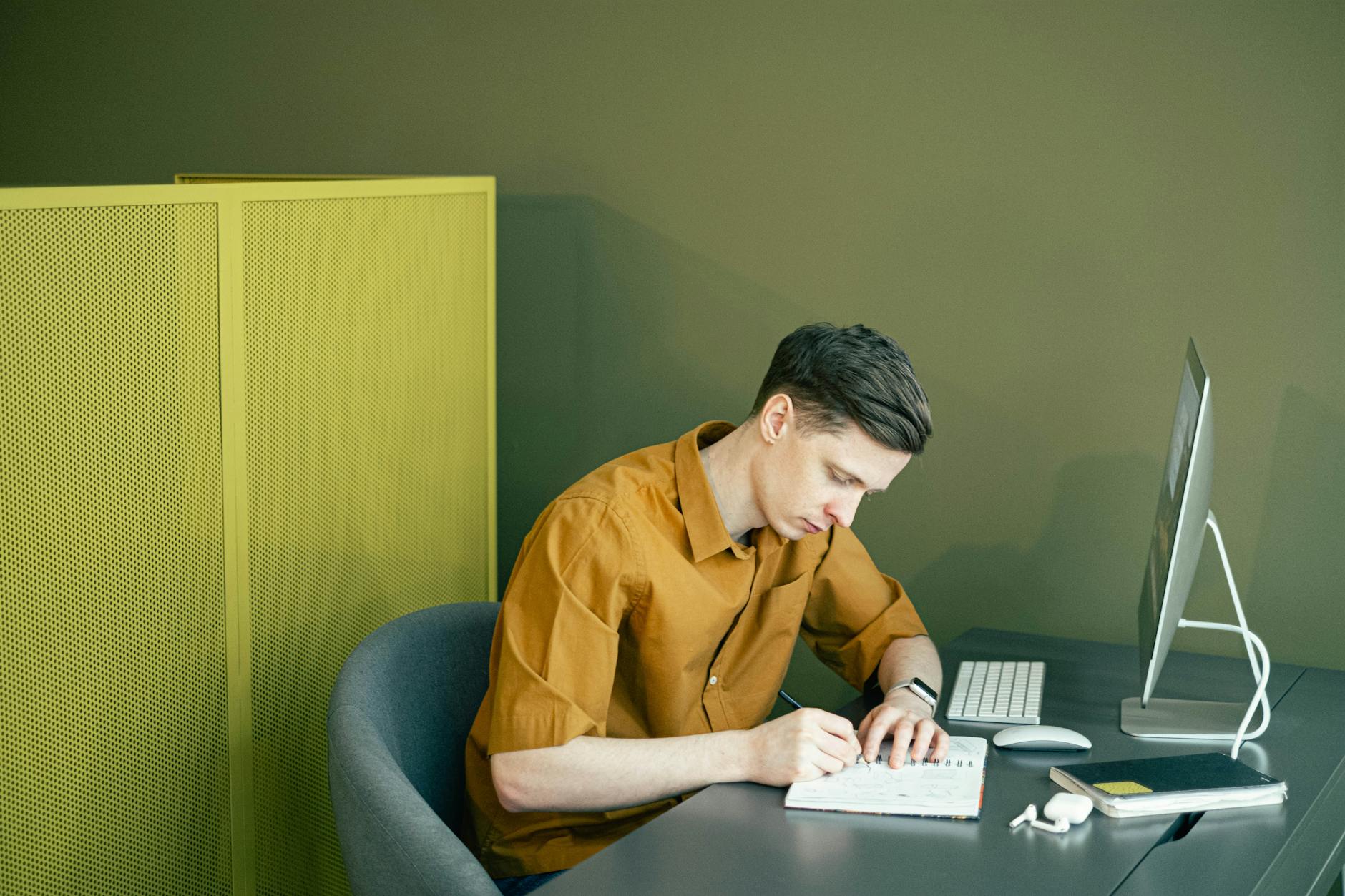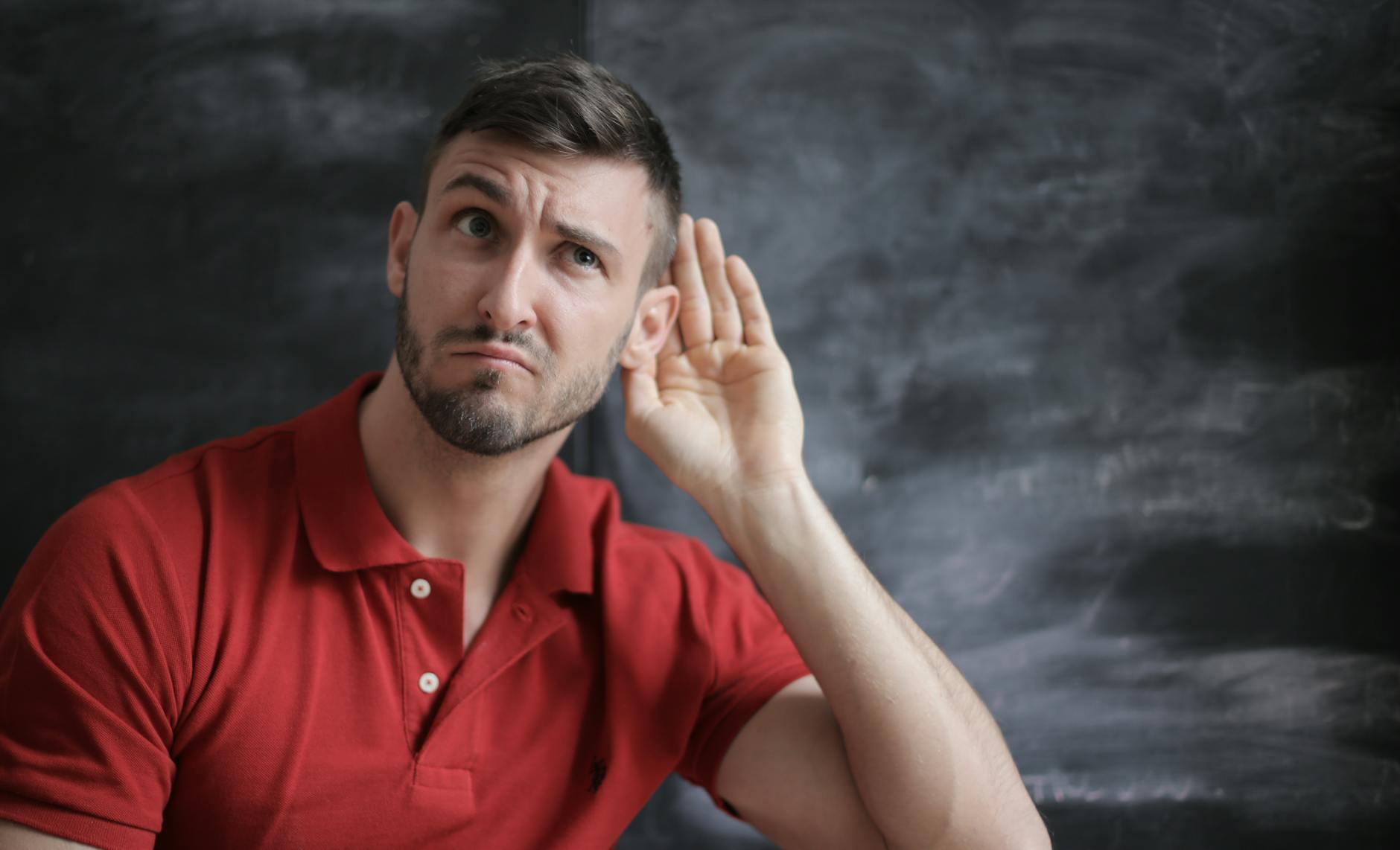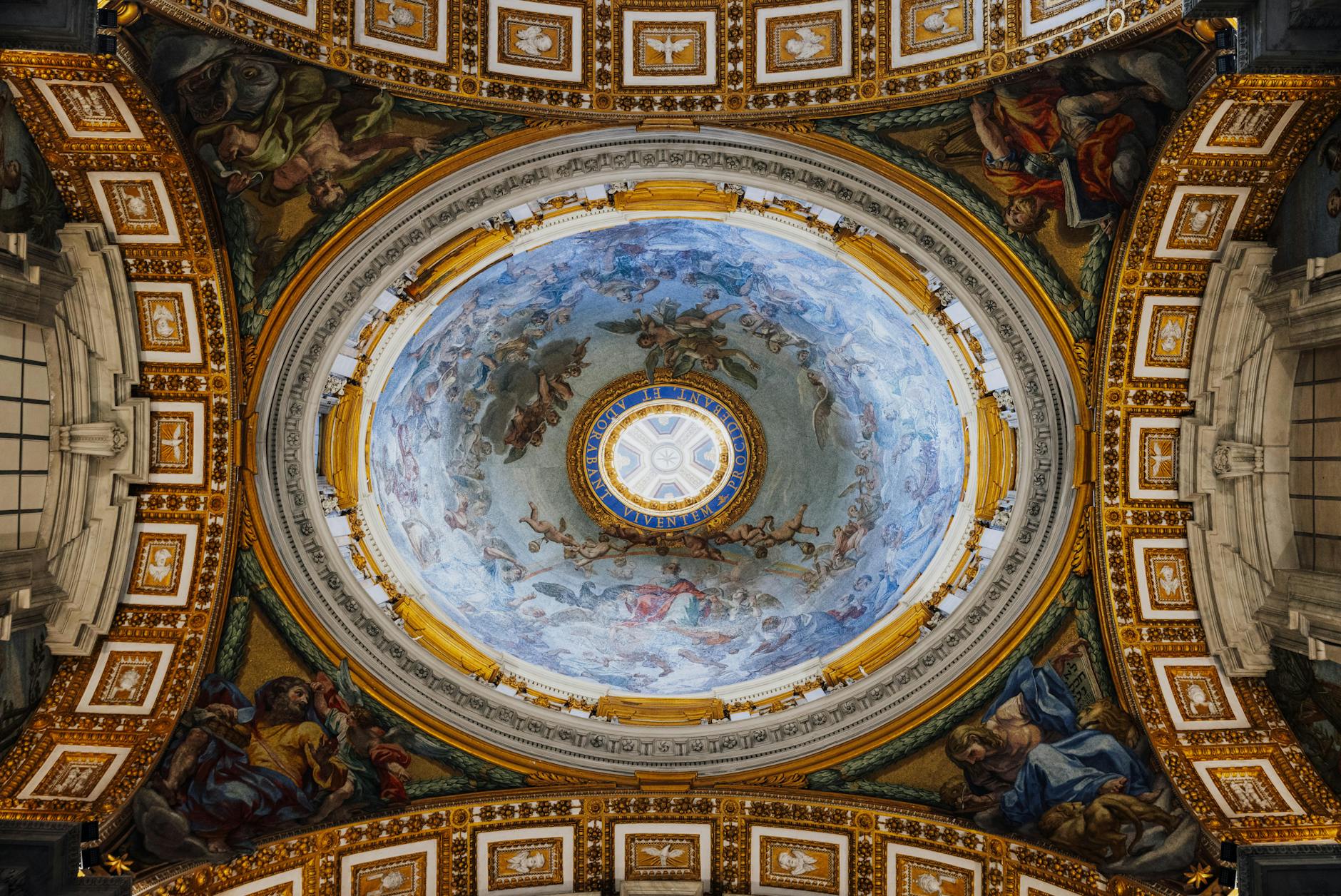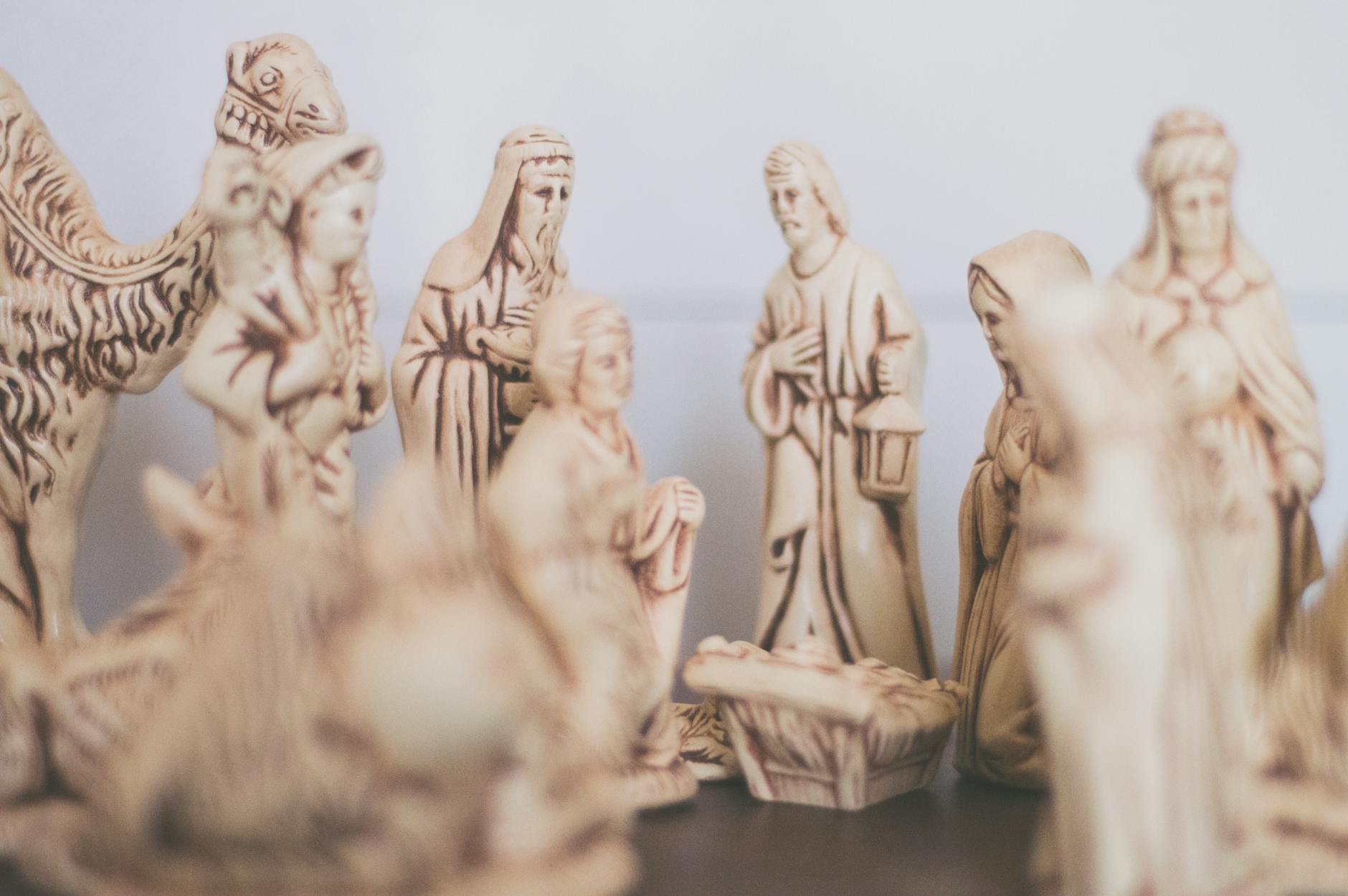Psychedelic art is more than just swirling colors and trippy visuals; it’s an expression of the inner experience, of the transcendent, of the human spirit. This art form, profoundly impacted by surrealism and abstract art, pushes the boundaries of perception, turning inward to explore consciousness and its relationship to reality. This exploration leads us through various styles and movements including visionary art, digital art, psychedelic fractals, pop art, figurative art, geometric patterns, installation art, and a deep-dive into psychedelic aesthetics.
Psychedelic art sprouted from the roots of surrealism, a 20th-century avant-garde movement that sought to release the creative potential of the unconscious mind. Surrealistic works often depict dreamscapes and images from the subconscious, directly influencing psychedelic art’s surreal, often otherworldly visuals. As a direct counterpoint, abstract art, with its emphasis on lines, shapes, and colors over realistic depictions, plays a key role in psychedelic art’s characteristic visual distortion.
Moving into the realm of visionary art, a genre often associated with psychedelic experiences, we encounter transcendent, often spiritual, imagery. Visionary art is driven by artists who use their work to express visions, dreams, and transcendent experiences, many of which are psychedelic in nature. They often focus on themes of interconnectedness, providing a glimpse into the artist’s inner world.
Something quite unique to this era of technology is digital art, a medium that uses the endless possibilities of virtual space and computer graphics to create breath-taking psychedelic fractals, intricate geometric patterns, and sometimes even interactive, psychedelic installation art. This artistic evolution shows how the psychedelic experience has adapted to our modern, digital age.
Pop art, a 20th-century movement characterized by the use of popular culture and mass media in art, has also intersected with psychedelia. Think Andy Warhol’s vibrant, faux-lithographic prints or Peter Max’s vibrant and colorful illustrations of the 1960’s. This intersection conveys messages of counterculture and anti-establishment sentiments within a framework of bright, visually appealing, and accessible art.
Figurative art turns back to the physical world, grounding psychedelic art’s otherworldly visuals with familiar, though dramatically altered, recognizable forms. These recognizable forms—whether people, objects, or landscapes—act as anchors within the vast, swirling sea of abstract imagery that can be part of a psychedelic piece, grounding the viewer in the mundane world while simultaneously pointing to the numinous reality beneath the surface.
Delving into the arena of geometric patterns and fractals, psychedelic art uses replications of shapes to visually convey the feeling of infinity, of endlessness, that can accompany psychedelic experiences. This style of art, often quite detailed and intricate, reflects the fractal nature of existence and reminds us of the intertwined macro and microcosm.
In the realm of installation art, immersive, environment-based artworks use multidisciplinary mediums and collate them into a single, unified experience. With an all-encompassing sensory experience, the viewers are thrown into an alternate world, a hyperbolic reflection of the psychedelic journey.
Truly, the essence of psychedelic art lies in its psychedelic aesthetics — a concept shaped by the pairing of the external, tangible qualities of the artwork, and its ability to inspire inward exploration. It echoes the artist’s personal journey into the transcendent—into areas of the mind often left uncharted—and invites the viewer to embark on a similar journey of their own.
While the psychedelic movement has deep roots in the 1960’s counterculture, the array of styles and movements it encompasses demonstrates that it is no relic of the past. From surreal dreamscapes to digital fractals, psychedelic art continues to push boundaries and expand consciousness, explored anew by each generation of artists and enthusiasts.








